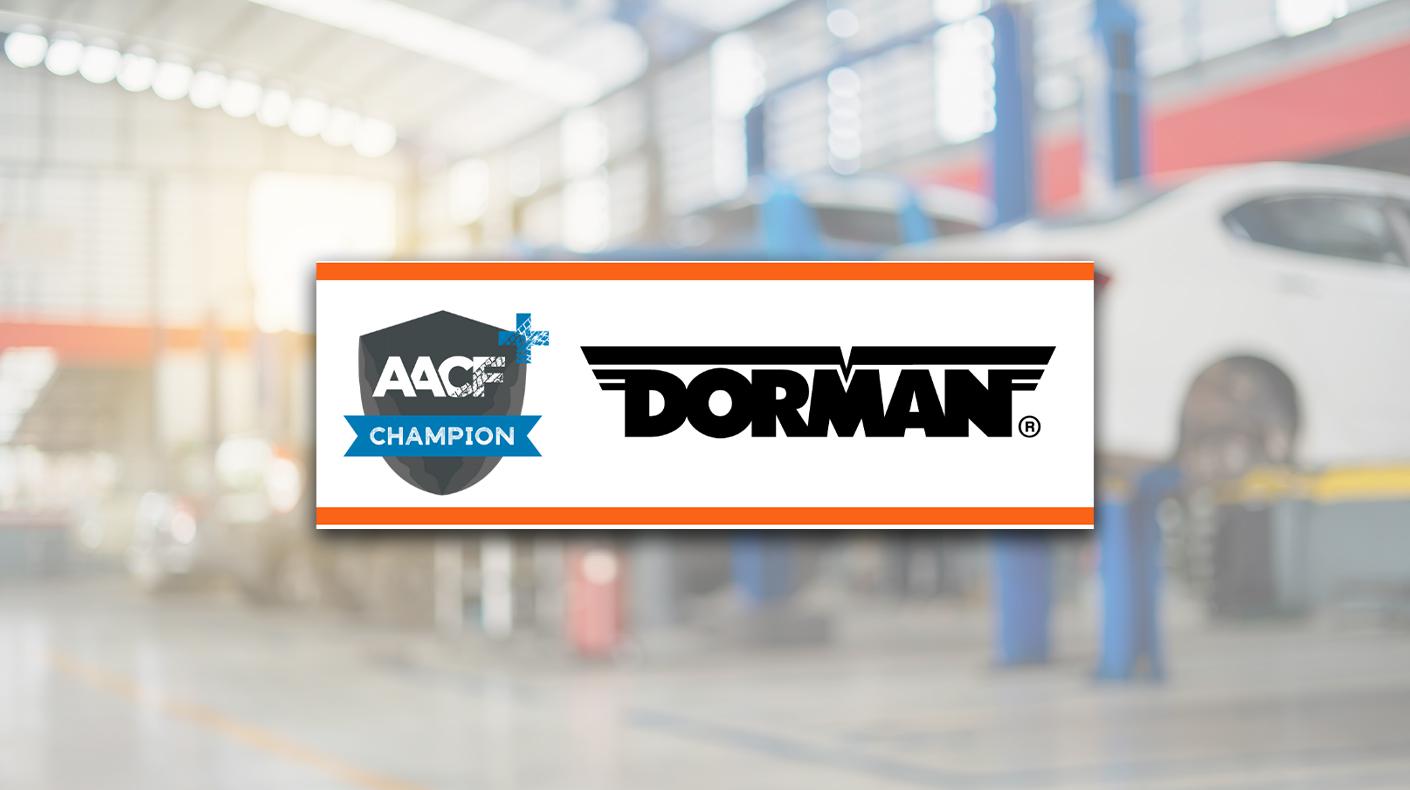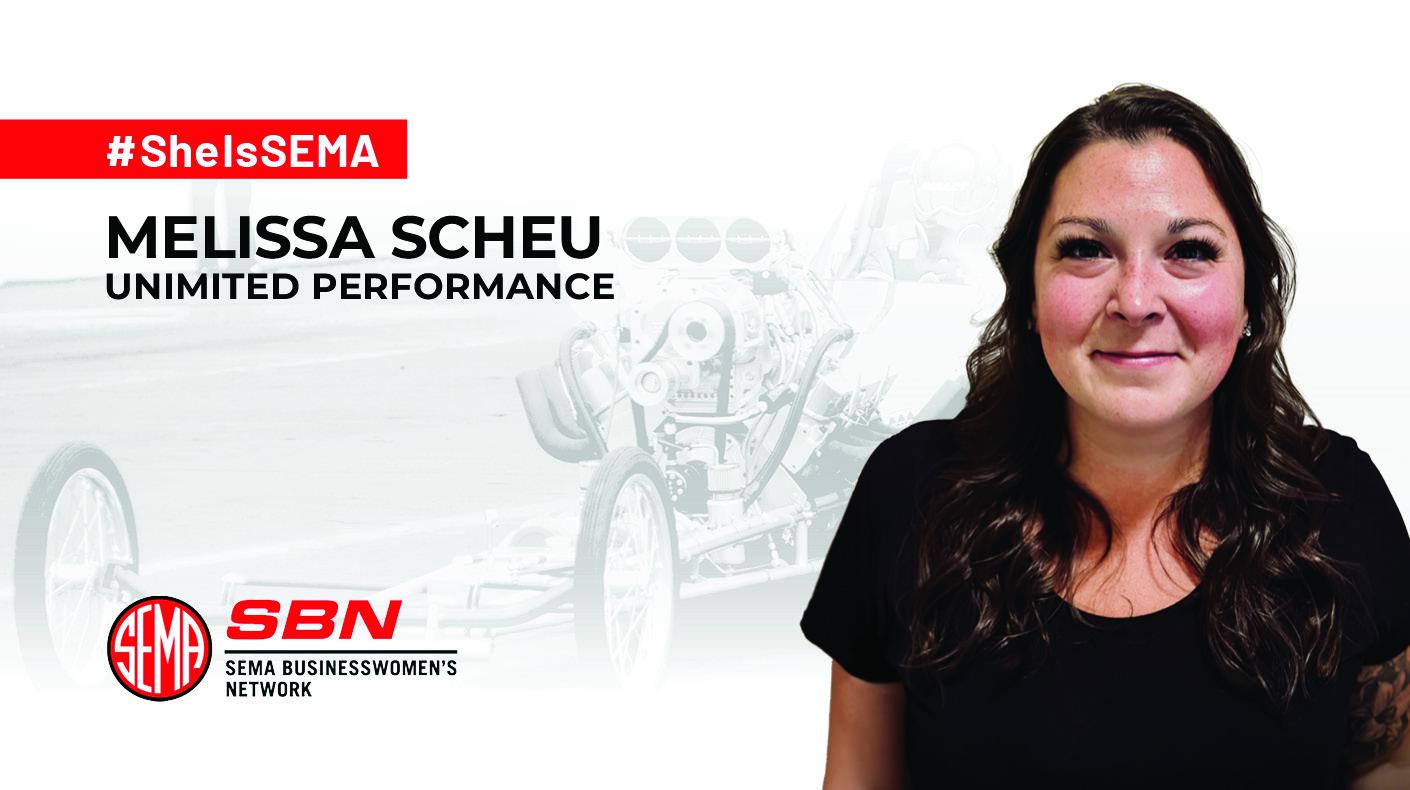In January, the SEMA Performance Parts and Accessories Demand Index (PADI) dropped by 23 points, or 30%, going from 77 in December to its current reading of 54. Currently, 15% of adult American drivers (or approximately more than 15 million households) have indicated plans to purchase specialty-equipment products sometime within the next three months. Looking closer at the index values for each segment, racing and performance parts jumped to a reading of 76, while wheels/tires/suspension products dipped to 39 and accessory/appearance products fell to 61.

Overall, the PADI showed strong increases from April to August of 2007, indicative of stronger demand for specialty equipment during spring and summer months. With the exception of a December upswing, however, the PADI has fallen since September, possibly a reflection of the sales cycles for many of the industry’s products. The above chart and those that follow show both the index values (black line) as well as the percent of consumers indicating that they plan to purchase specialty equipment in the next three months (blue line).
Methodology
Although similar to economic indexes, the SEMA PADI is not designed to report past activity, but rather consumer expectations of future specialty-equipment purchases. The indices track consumer plans to purchase performance parts and/or accessories within the next three months after each respective survey. This helps provide a rough forecast for demand of specialty equipment in the near future.
The PADI, and each of the three sub-indices, is a weighted composite index computed relative to its own baseline value, calculated by taking an average of January through March 2007 raw percentages. This average is then set to 100, and each month’s index is computed relative to the change from its baseline. The indices and their movements are projectable to the national market for specialty-equipment products, which consists of more than 114 million U.S. households.
The Index and three sub-indices (for each product segment) are based on responses to the following questions:
- How likely are you to purchase specialty accessories and appearance products, such as interior trim, restyling products, graphics, a sunroof, etc., for your vehicle in the next three months? Would you say very likely, somewhat likely, not very likely or not at all likely?
- How likely are you to purchase racing and performance products, such as internal engine parts, drivetrain, an exhaust system, a fuel system and ignition components, designed to improve performance through increased durability, capability or dependability for your vehicle in the next three months? Would you say very likely, somewhat likely, not very likely or not at all likely?
- How likely are you to purchase wheels, tires and suspension components, such as specialty shocks, struts, lowering packages, lift kits, custom wheels, performance tires or performance brakes, not including regular brake changes for your vehicle, in the next three months? Would you say very likely, somewhat likely, not very likely or not at all likely?
SEMA has contracted with market research firm TechnoMetrica to gather the data used in building and maintaining the PADI. Each month TechnoMetrica uses a random digit dial telephone survey to collect the data in order to provide a nationally representative sample of U.S. consumers. Responses typically total between 850 and 1,000 in any given month. The margin of error is normally within the plus or minus 3%–4% range.
Although the PADI is not a precise measure of absolute future purchasing activity, it is nonetheless a tool for understanding and predicting industry sales. There are two ways of interpreting the PADI. First, its "direction," whether the index is rising or falling. Second, the values themselves provide a guide as to the degree of change in consumer expectations for purchasing industry products.
PADI In-Depth
By product segment, wheels/tires/suspension components were the most popular specialty-equipment products consumers were likely to purchase (8% or about 8 million households), followed by racing and performance products (7% or about 7 million households) and accessory/appearance products (5% or about 5 million households). Looking at how this translates to index values for each segment, wheels/tires/suspension products dipped down to 39, accessory/appearance products fell to 61, while racing and performance jumped to a reading of 76.
While the big index drop for wheels/tires/suspension may raise a few eyebrows, especially since the product category is still the most popular among consumers, industry activity from past SEMA Shows could support this decline in demand. The number of wheel and tire buyers (wholesalers, jobbers, retailers, etc.) attending the SEMA Show has dropped nearly 11% per year, on average, during the past three years, showing that the industry may be responding to possible receding demand for custom wheels. Consumers could now be thinking twice about dressing up their vehicles with shiny wheels as they feel the pinch of increased fuel prices and an economic slowdown.
All is not so bad for the specialty-equipment industry, however. Demand for racing and performance products jumped in January, compared to the previous month. As consumers become more aware that our industry’s products can actually improve performance, thus increasing fuel economy, they may become more disposed to buying performance parts in order to save money in the long run.
In fact, the number of new street-performance products unveiled at the past three SEMA Shows has grown close to 18% per year, on average, showing that manufacturers are continuing to infuse new performance-boosting parts into the industry in order to respond to, and fuel, growing consumer demand.
Over the past three months, on average, midsize cars (21%) and pickups (20%) were the most common target vehicles for personalization, followed by fullsize (16%) and compact cars (13%). In addition, over the past three months, on average, car dealerships were in first place in terms of being the most popular purchase destinations among those planning to enhance their vehicles (26%), followed by independent parts stores (18%) and chain auto parts stores (16%).
Mainstream consumers still tend to prefer accessorizing their vehicles at dealerships, and sales of specialty equipment at the dealership level has grown by 11% per year, on average, since 2004.

In January, when specialty-equipment buyers were asked what form their vehicle would take after customization, the most common answer was “general personalization” or restyling (49%), followed distantly by “restoration” (17%), “street performance” (16%) and “off road” (8%). One of the most common reasons consumers say they customize their vehicles is to differentiate them from the other similar ones on the road, and mainstream consumers often associate this with simply restyling their vehicle.
Several factors contribute to fluctuations in mainstream consumer demand for specialty-equipment parts and accessories. Economic optimism is slowly declining as consumers feel the crunch from a declining housing market, increased unemployment and increased inflation.
Technometrica’s TIPP Economic Optimism Index, a monthly economic survey sent to consumers in order to gauge their attitudes toward economic prosperity, for example, was on a steady decline in 2007 and continues to drop into 2008. This all could lead to consumers holding on to their discretionary income longer and holding off purchases they once planned. But while some areas of our industry may experience slowdowns, there often lies opportunity in other product areas to satisfy changing consumer demand, such as products that boost fuel economy.

For more information, visit www.sema.org/research.





